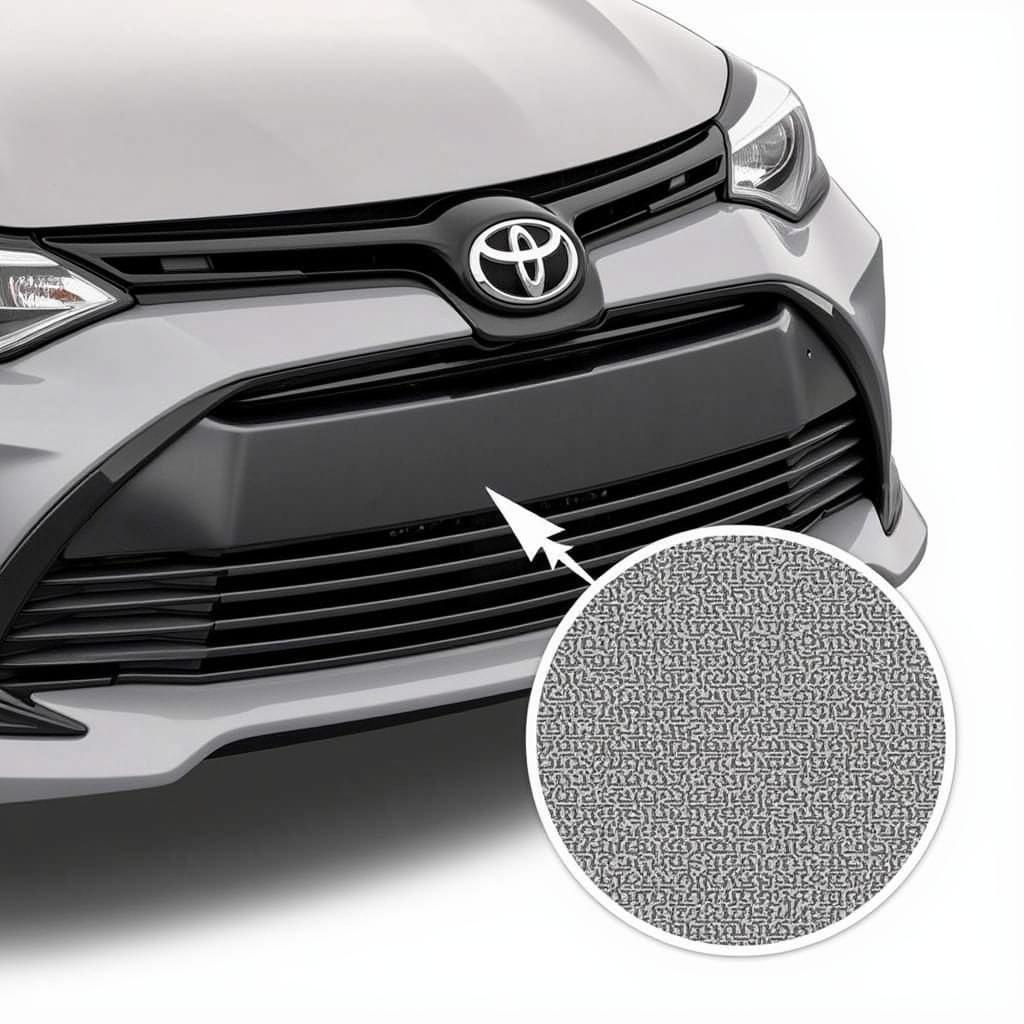The brake pad warning light on your Ford Transit is a crucial safety feature, illuminating when the brake pads wear down and require replacement. While this system is designed to keep you safe, it can be frustrating to see the light after a pad replacement or if you believe it’s illuminated in error. This comprehensive guide will walk you through the steps to reset the brake pad warning light on your Ford Transit.
Understanding Your Ford Transit Brake Pad Warning System
Before diving into the reset process, it’s essential to understand how your Ford Transit’s brake pad warning system works.
-
Wear Sensors: Most modern Ford Transit models are equipped with electronic wear sensors embedded within the brake pads themselves. These sensors monitor the pad’s thickness.
-
Dashboard Warning Light: When the brake pad material wears down to a certain point, the sensor triggers the brake pad warning light on your dashboard, typically a circular symbol with the word “BRAKE” or an exclamation mark within parentheses.
Common Reasons for the Brake Pad Warning Light
While worn brake pads are the most common culprit, several other factors can cause the brake pad warning light to illuminate:
-
Worn Brake Pad Sensors: The sensors themselves can wear out or become damaged, triggering a false warning.
-
Faulty Wiring: Damaged or corroded wiring within the braking system can disrupt the signal from the sensor to the dashboard.
-
Low Brake Fluid: Although a separate warning light typically indicates low brake fluid, a critically low fluid level can sometimes trigger the brake pad warning light as well.
How to Reset the Brake Pad Warning Light on a Ford Transit
Resetting the brake pad warning light on a Ford Transit is often a straightforward process, but it’s crucial to ensure the underlying issue has been addressed. If you’ve recently replaced the brake pads or suspect a different issue, try the following methods:
Method 1: Driving Reset
- Start your Ford Transit. Ensure the engine is running.
- Drive at a moderate speed (around 25-35 mph) for a short distance.
- Apply the brakes firmly several times. This action helps the system recognize the new brake pads and potentially reset the warning light.
If this method is successful, the brake pad warning light should turn off after a few braking cycles.
Method 2: Manual Reset (Consult Your Owner’s Manual)
Some Ford Transit models might require a manual reset using a specific button sequence or through the vehicle’s information display menu. Refer to your owner’s manual for model-specific instructions.
Method 3: Professional Diagnostic Scan
If the warning light persists despite attempting the above methods, it’s advisable to seek professional assistance. A qualified mechanic or Ford dealership can use a diagnostic scanner to read the error codes stored within your vehicle’s computer system. This will pinpoint the exact cause of the warning light, allowing for accurate diagnosis and repair.
[borg warner brakes]
When to Seek Professional Help
While resetting the brake pad warning light yourself might seem tempting, remember that brakes are a critical safety system. If you’re unsure about any aspect of the reset process or encounter persistent issues, err on the side of caution and consult a professional.
Here are some situations where seeking professional help is essential:
-
The warning light remains illuminated after trying both reset methods. This suggests a potential issue beyond worn brake pads.
-
You notice any unusual noises or sensations when braking. This could indicate a problem with the brake calipers, rotors, or other components.
-
You’re uncomfortable performing the reset yourself. Brakes are nothing to take lightly. A professional can ensure the job is done correctly and safely.
Preventing Future Brake Pad Warning Light Issues
Proactive maintenance is key to preventing premature brake pad wear and potential warning light issues:
-
Regular Brake Inspections: Schedule brake inspections at least once a year or as recommended in your Ford Transit’s maintenance schedule.
-
Timely Brake Pad Replacements: Don’t ignore the brake pad warning light! Replace worn brake pads promptly to avoid further damage to the braking system.
-
Quality Brake Parts: Use high-quality brake pads and rotors from reputable brands.
[transit brake pad warning light]
Conclusion
The brake pad warning light on your Ford Transit is a vital safety feature designed to alert you to potential braking system issues. Understanding its function and how to reset it empowers you to address minor problems and seek professional help when necessary. Remember, prioritizing brake maintenance and timely repairs ensures your safety and the longevity of your Ford Transit.
FAQs
1. Can I continue driving with the brake pad warning light on?
It’s not advisable to ignore the brake pad warning light. Driving with severely worn brake pads can compromise your ability to stop safely and lead to more costly repairs.
[ford transit brake fluid warning light]
2. How often should I replace my Ford Transit’s brake pads?
Brake pad lifespan varies depending on driving style and conditions. As a general guideline, it’s recommended to have your brake pads inspected at least annually and replaced when they reach the minimum thickness specified in your owner’s manual.
3. Are there different types of brake pad wear sensors?
Yes, there are two main types: mechanical and electronic. Mechanical sensors emit an audible squealing sound when the pads wear down, while electronic sensors trigger a dashboard warning light.
4. What is involved in a professional brake inspection?
A thorough brake inspection typically involves visually checking the brake pads and rotors for wear, measuring the brake fluid level, inspecting the brake lines and hoses for leaks or damage, and testing the parking brake operation.
5. Can I reset the brake pad warning light without replacing the brake pads?
While it’s technically possible to reset the light without replacing the pads, doing so is not recommended. If the pads are genuinely worn, resetting the light without addressing the underlying issue creates a safety hazard.

